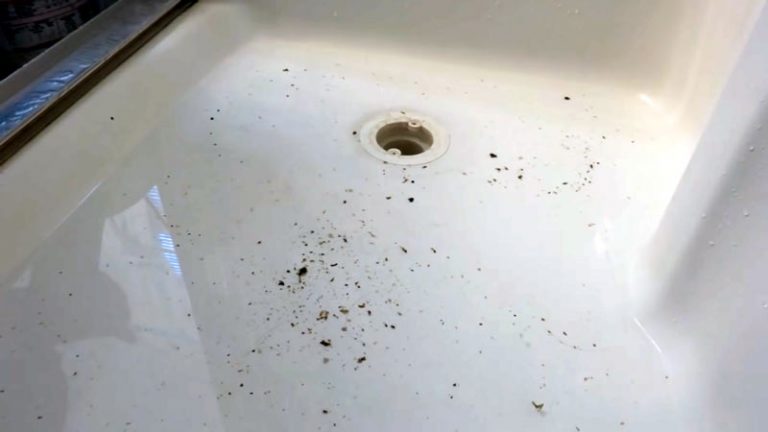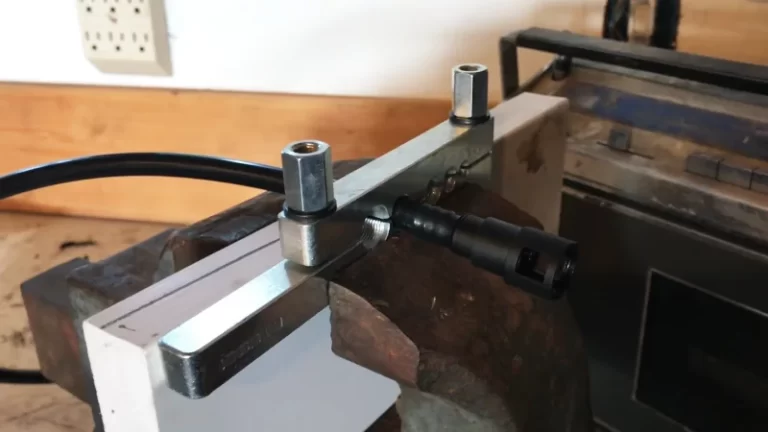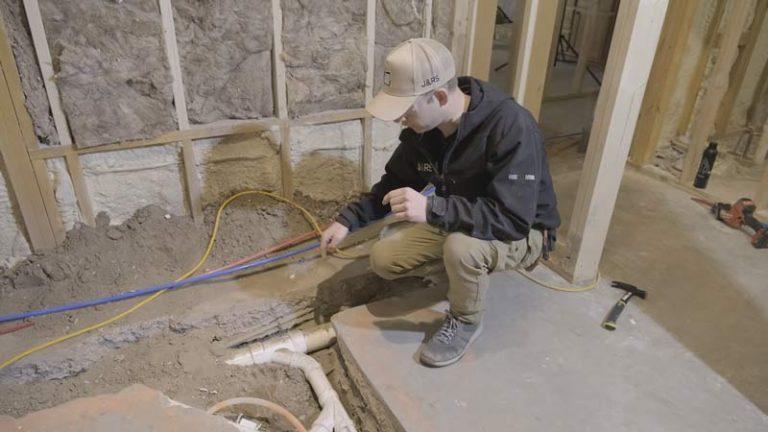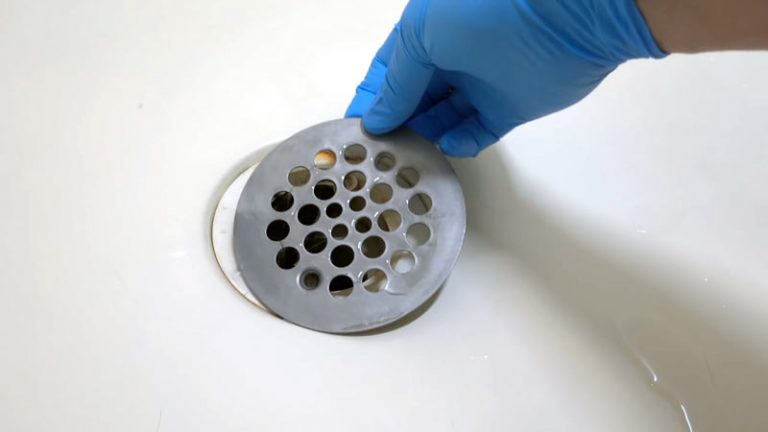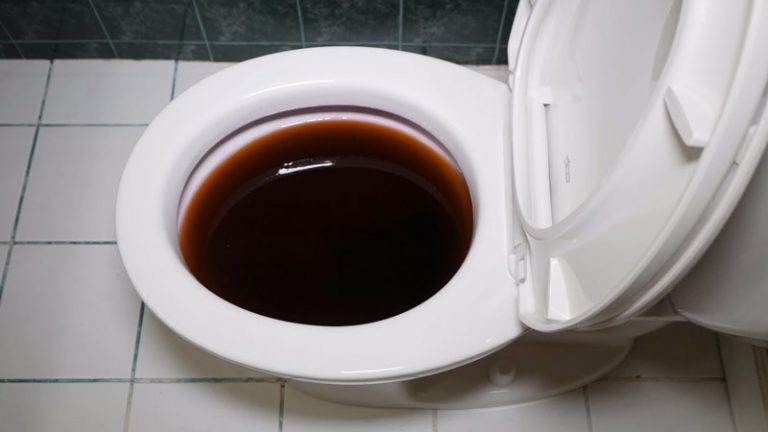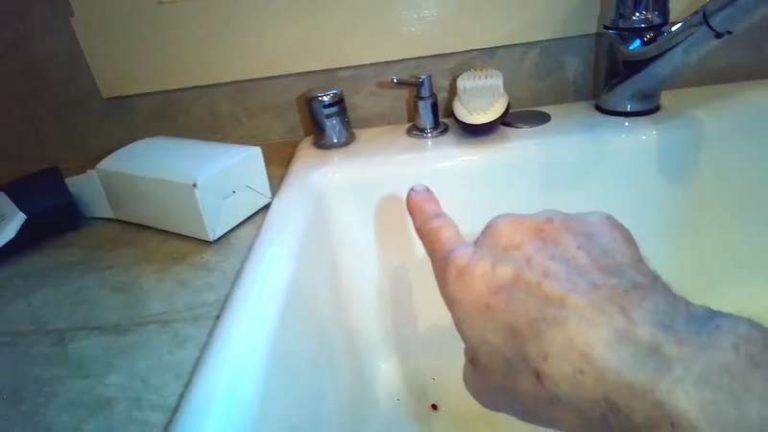Plumbing Loop for Multiple Shower Heads

A plumbing loop is a type of plumbing configuration that is designed to maintain proper water flow and pressure in a home’s plumbing system. In a plumbing loop, pipes are arranged in a circular shape, allowing water to flow in both directions. This type of configuration is particularly useful for ensuring that multiple fixtures, such as showerheads, receive an adequate supply of water and maintain consistent pressure.
One common problem that homeowners may encounter when running multiple showerheads in the same shower is a loss of water pressure. This can be frustrating and may even make it difficult to enjoy a relaxing shower.
Fortunately, implementing a plumbing loop can help solve this issue by ensuring that each showerhead receives an equal supply of water and maintains consistent pressure. In this article, we will explore the basics of plumbing loops and discuss how to create a plumbing loop for multiple showerheads in the same shower.
You'll Learn About
Understanding the basics of plumbing loops
A plumbing loop is a type of plumbing configuration that is designed to maintain consistent water flow and pressure in a home’s plumbing system.
In a plumbing loop, pipes are arranged in a circular shape, allowing water to flow in both directions. This type of configuration helps to equalize the pressure throughout the system, ensuring that each fixture receives an adequate supply of water.
There are several different types of plumbing loops that can be used in different situations. For example, the main loop can be used to distribute water throughout a home, with branches extending to each individual fixture. In this case, the main loop acts as a central hub, supplying water to each branch as needed.
Another type of plumbing loop is a pressure-balancing loop, which is designed to regulate the pressure and temperature of the water flowing into each fixture. This type of loop is typically used in showers and bathtubs, where sudden changes in pressure or temperature can be dangerous.
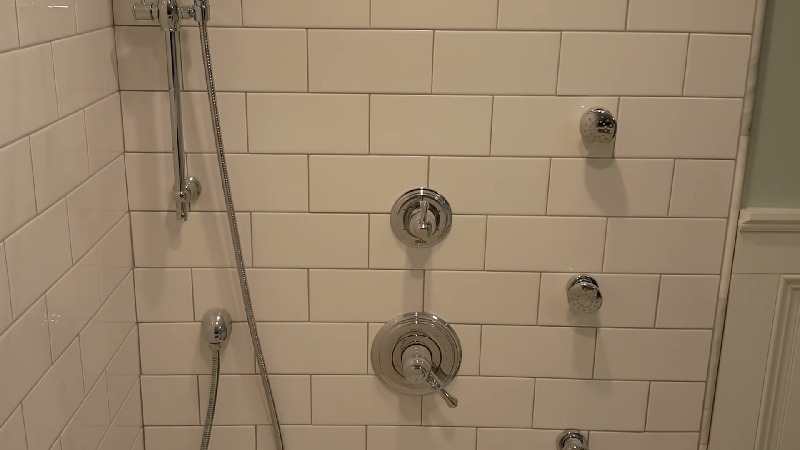
Overall, plumbing loops are an effective way to ensure consistent water flow and pressure in a home’s plumbing system. By distributing water evenly throughout the system, plumbing loops help to prevent issues such as low water pressure and inconsistent water temperature.
The table below lists the eight main components of a plumbing loop for multiple showerheads, along with their function and typical materials.
| Component | Function | Typical Materials |
|---|---|---|
| Main water supply | Provides water to the plumbing loop | Copper, PVC, PEX |
| Shut-off valves | Control the flow of water to the shower | Brass, stainless steel |
| Pipe cutter | Cuts the existing pipes to create the plumbing loop | Steel, carbide-tipped blades |
| T-shaped fittings | Connect the pipes to create the circular loop | Brass, stainless steel, plastic |
| Pipe cement | Secures the connections and ensures they are watertight | Epoxy, PVC glue |
| Pipe wrenches or pliers | Tighten the connections and adjust the orientation of the pipes | Steel, rubber-grip handles |
| Measuring tape | Measure the pipes and fittings to ensure proper fit | Nylon-coated steel, retractable design |
| Replacement pipes | Used to extend or replace existing pipes in the plumbing loop | Copper, PVC, PEX |
Creating a Plumbing Loop for Multiple Showerheads
Creating a plumbing loop for multiple showerheads in the same shower involves several steps. Here is a general overview of the process:
- Begin by shutting off the water supply to the shower and draining the pipes to remove any excess water.
- Use a pipe cutter to cut the existing pipes that supply water to the showerheads.
- Install T-shaped fittings onto the ends of the cut pipes, making sure to orient them so that the horizontal leg of the T points in the direction of the showerheads.
- Connect the T-shaped fittings to one another using short lengths of pipe, creating a circular loop.
- Use pipe cement to secure the connections and ensure that they are watertight.
- Once the loop is complete, open the water supply and test the showerheads to make sure that they are receiving an adequate supply of water and that the pressure is consistent.

You will need the following tools and materials to create a plumbing loop for multiple showerheads:
- Pipe cutter
- T-shaped fittings
- Pipe cement
- Pipe wrenches or pliers
- Measuring tape
- Marker or pencil for making markings on the pipes
- Replacement pipes (if necessary)
It is important to follow these steps carefully to ensure that the plumbing loop is installed correctly and functions properly. If you are unsure of how to complete any of the steps, it may be best to consult a professional plumber for assistance.
Other Considerations for Maintaining Water Flow and Pressure
There are some other things that you need to consider while working…
Proper pipe and line sizing
When installing a plumbing loop for multiple showerheads, it is important to confirm that the pipes and lines feeding the bathroom and shower are properly sized.
If the pipes are too small, they may not be able to handle the increased water flow and pressure from multiple showerheads, leading to issues such as low water pressure and inconsistent water temperature. In general, you will need at least 3/4″ pipes to ensure that the plumbing loop functions properly.
Pressure-balancing valves
Another important consideration when installing a plumbing loop for multiple showerheads is the use of pressure-balancing valves. These valves are designed to regulate the pressure and temperature of the water flowing to each showerhead, helping to prevent scalding and loss of pressure. This is particularly important in showers, where sudden changes in water temperature can be dangerous.
Other factors that may affect water flow and pressure
There are several other factors that can affect water flow and pressure in a shower with multiple heads. For example, the overall size and layout of the bathroom and shower may impact the ability of the plumbing loop to distribute water evenly.
Additionally, the use of other fixtures, such as faucets or toilets, may affect water flow and pressure if they are running simultaneously with the shower. It may be necessary to take these factors into account when designing and installing a plumbing loop for multiple showerheads.
Plumbing Loop for Multiple Shower Heads: A Seamless Solution
Installing a plumbing loop for multiple shower heads ensures consistent water pressure and temperature across all fixtures. This setup is ideal for luxurious bathrooms or homes with high water usage. Proper planning and installation are key to avoiding leaks and ensuring efficiency.
When designing your plumbing system, consider whether your shower and toilet can share a vent to simplify the layout. Additionally, understanding if a toilet and sink can share the same drain can help you optimize space and resources. For more insights, check out the difference between a vent stack and a stack vent.
Final Words
Implementing a plumbing loop is an effective solution for ensuring consistent water flow and pressure when running multiple showerheads in the same shower.
By arranging the pipes in a circular loop, water is able to flow in both directions and equalize the pressure throughout the system. This helps to prevent issues such as low water pressure and inconsistent water temperature.
Additionally, properly sizing the pipes and lines feeding the bathroom and shower, as well as using pressure-balancing valves, can help to further improve the performance of the plumbing loop.
Overall, using a plumbing loop is a simple and effective way to ensure that your showerheads are receiving an adequate supply of water and maintaining consistent pressure. We encourage readers to consider implementing this solution in their own homes to enjoy optimal water flow and pressure in their showers.

